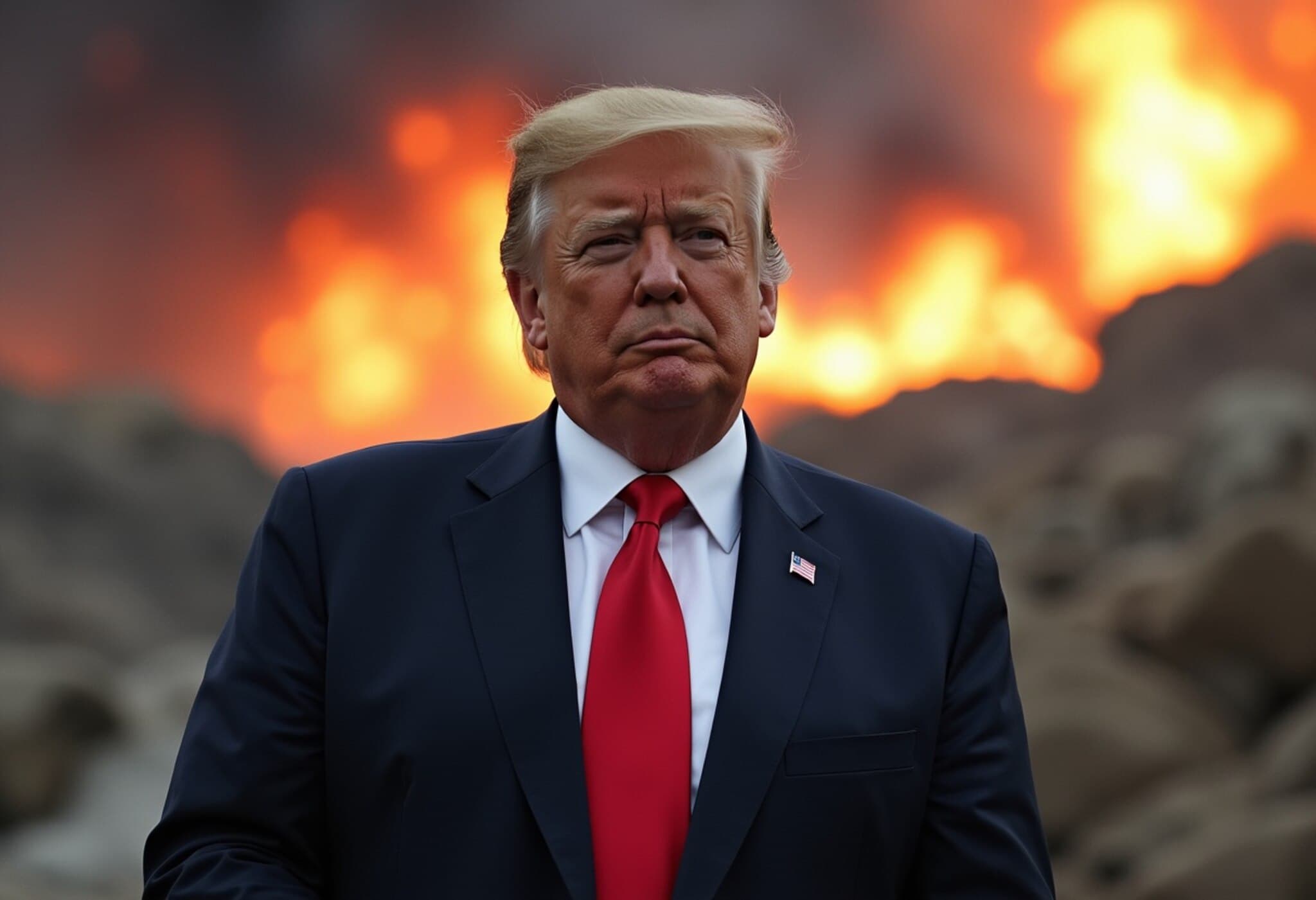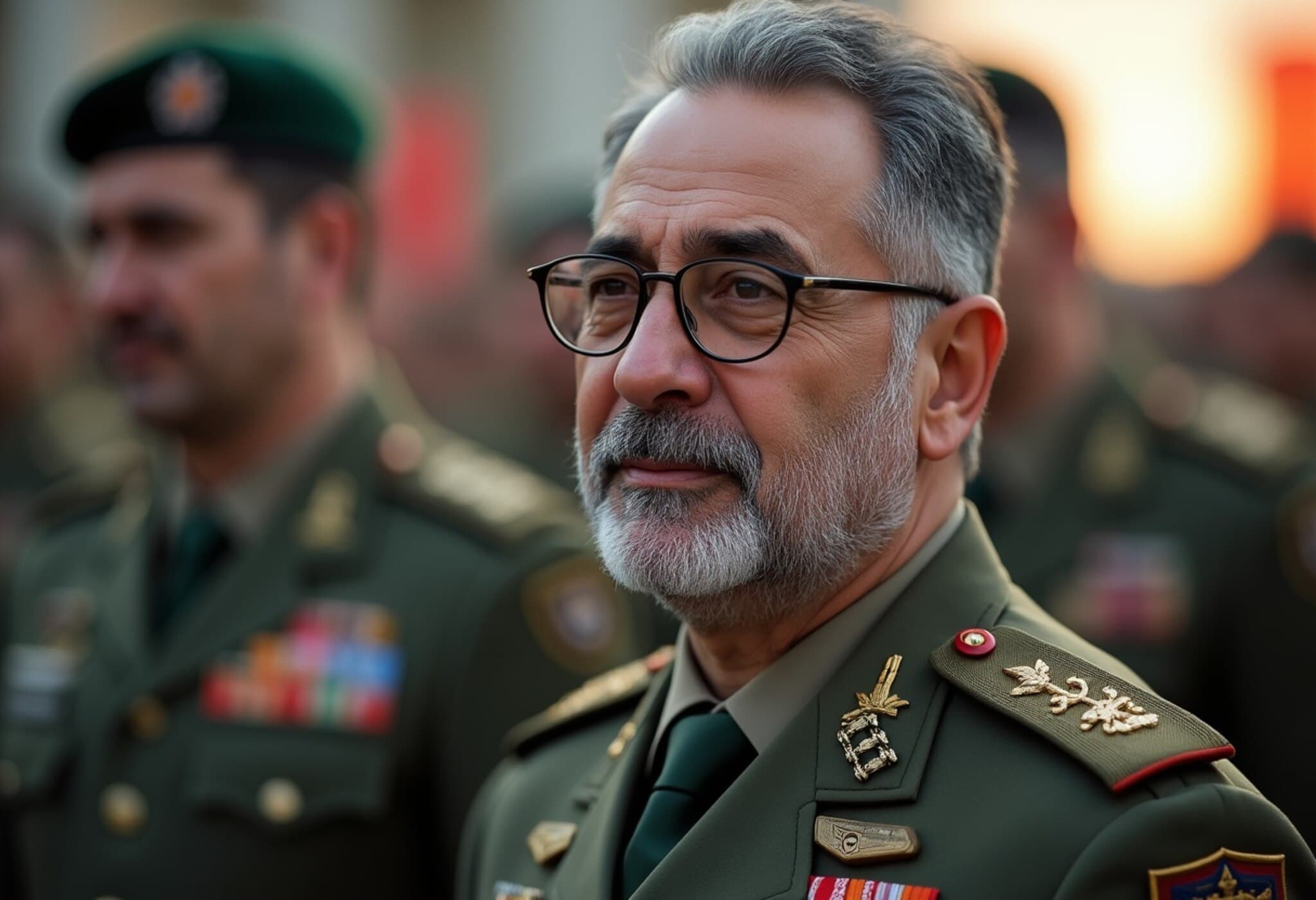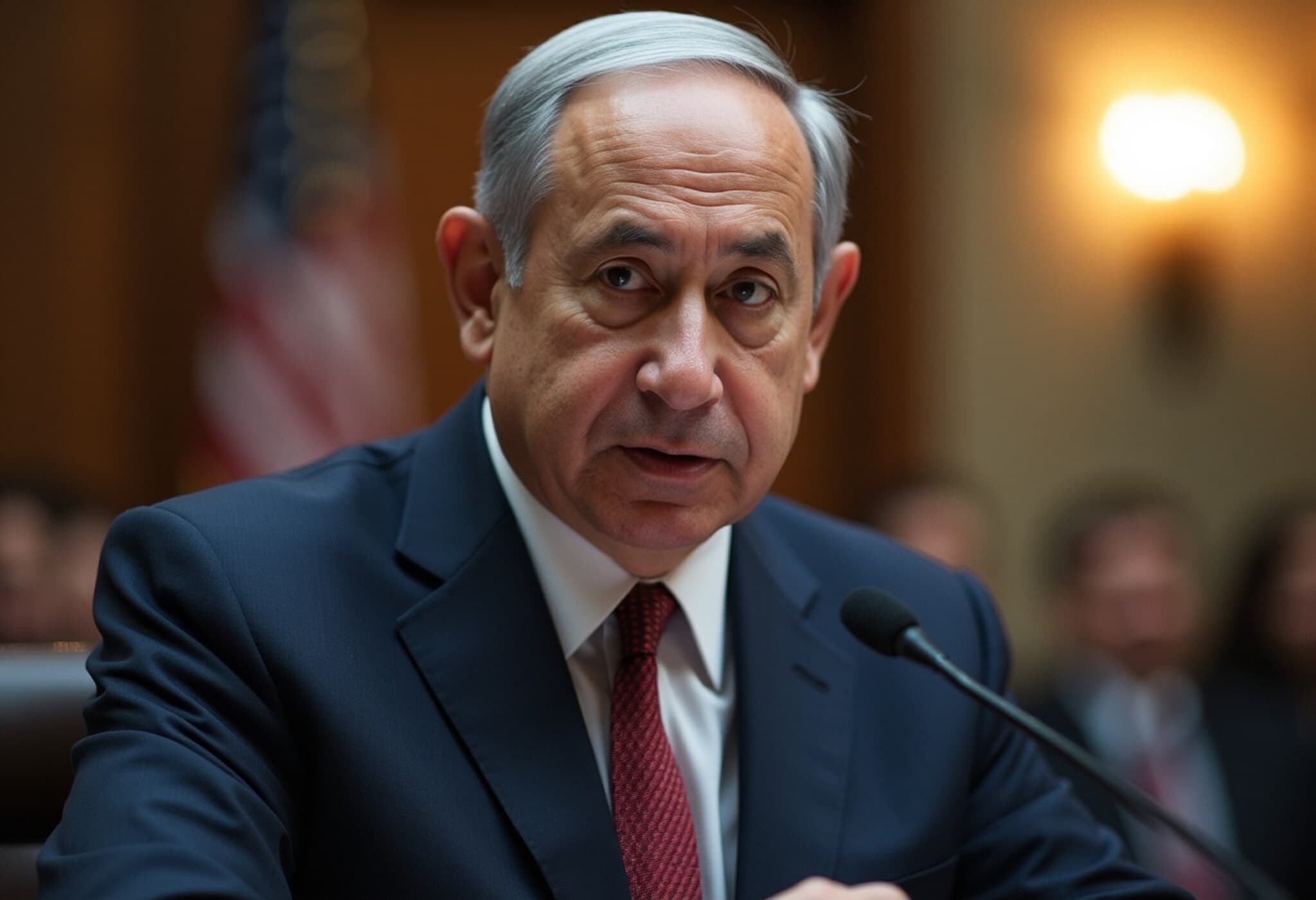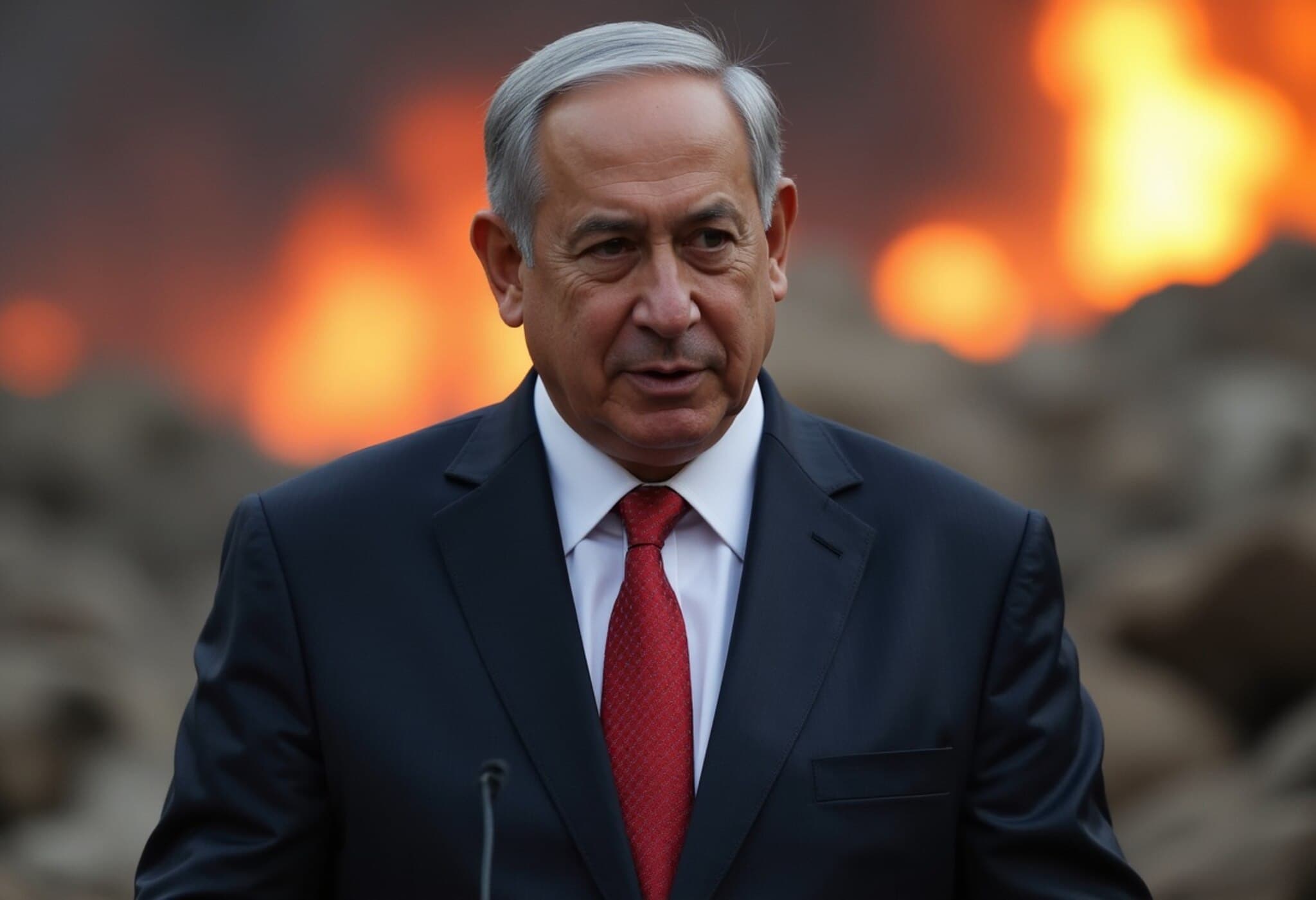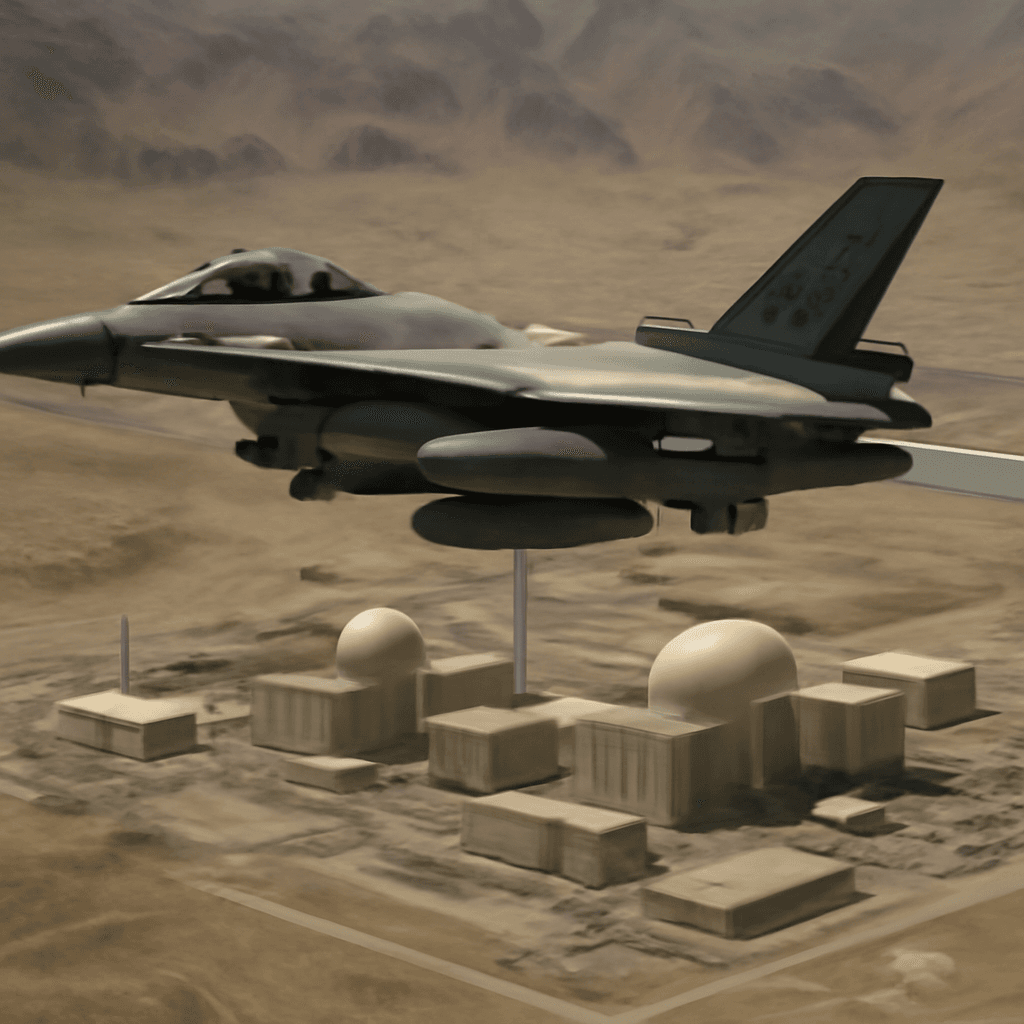Trump Signals Possible Renewed Strikes on Iran's Nuclear Facilities
On July 22, 2025, U.S. President Donald Trump issued a stern warning asserting that the United States will not hesitate to launch further military strikes against Iran’s nuclear infrastructure if deemed necessary. This statement comes in the aftermath of a significant U.S. operation that inflicted substantial damage on Iran's key nuclear sites.
Iran Acknowledges Significant Damage but Vows Defiance
In a rare admission, Iran’s Foreign Minister Abbas Araghchi confirmed to Fox News that the U.S. strikes caused "serious and severe" damage to Iran's nuclear facilities. Nevertheless, he emphatically declared that Iran would neither abandon its uranium enrichment program nor bow to external pressure, framing the effort as a matter of national pride.
“Our enrichment is so dear to us,” Araghchi explained. “It is not just a scientific achievement; it represents the resilience and sovereignty of our nation.” His remarks underscore Tehran’s intent to continue developing its nuclear capabilities despite international opposition.
Details of the U.S.-Led Operation 'Midnight Hammer'
The operation, launched on June 22, was one of the largest coordinated strikes against Iran’s nuclear program. The United States deployed approximately 125 military aircraft, including seven B-2 Spirit stealth bombers, targeting three critical sites: Fordow, Natanz, and Isfahan.
Notably, the Fordow facility—nestled deep under a mountain near Tehran—was a focal point of the strike due to its strategic importance. The U.S. military employed at least 14 GBU-57 Massive Ordnance Penetrators to penetrate and destroy the underground bunkers housing nuclear enrichment equipment.
Additionally, around two dozen cruise missiles fired from a U.S. submarine targeted the Isfahan nuclear complex, further crippling Iran's nuclear infrastructure.
Geopolitical Fallout and the Fragile Ceasefire
The strikes escalated regional tensions sharply, prompting a brief but intense conflict between Israel and Iran. The United States, alongside Qatar, brokered a ceasefire to halt hostilities after twelve days of confrontation.
President Trump’s bold assertion on his Truth Social platform — “we will do it again, if necessary!” — not only reflects a firm stance on Iran’s nuclear ambitions but also raises critical questions about the prospects for stability in the Middle East and the potential for future military engagements.
Expert Insight: The Nuclear Dilemma and U.S. Policy
As an expert in international security policy highlights, “The challenge lies in balancing deterrence with diplomacy. Iran’s insistence on its right to uranium enrichment complicates any potential nuclear agreement, reflecting not just scientific progress but deep nationalistic sentiments.”
This episode underscores a broader strategic dilemma confronting the U.S. and its allies: How to effectively curtail nuclear proliferation in Iran without escalating into a broader conflict.
Underreported Questions and Regional Implications
- Long-Term Impact: How sustainable is Iran's nuclear program after such extensive damage, given their scientific capacity?
- Diplomatic Solutions: Could this military pressure push Iran back to negotiation tables, or deepen its resolve?
- US Allies’ Role: What role will regional powers like Saudi Arabia and the UAE play in shaping the next chapter of US-Iran relations?
- International Law & Ethics: What are the global legal implications of preemptive strikes on nuclear facilities?
Editor’s Note
President Trump’s ultimatum marks a critical juncture in U.S.-Iran relations, highlighting the intense strategic rivalry and complex interplay between military might and national pride. While the latest strikes have undeniably set back Iran’s nuclear infrastructure, they also reinforce Tehran’s determination to advance its program. For policymakers and citizens alike, the pressing question remains: How can lasting stability be achieved without resorting to perpetual cycles of confrontation? The unfolding story demands vigilant observation of diplomatic efforts, regional dynamics, and the evolving balance between deterrence and dialogue.
Stay informed on this developing story as new details emerge.

